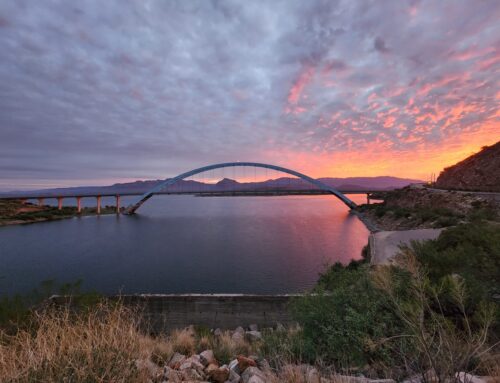
Difficult-Access Foundation Design-Build
The Eldorado-Ivanpah project entailed upgrading 36 miles of 115 kV line to 220 kV line. The alignment traverses the southern California-Nevada border near Primm, NV where several solar-rich areas have been identified. The upgraded infrastructure was needed to connect these resources to the grid.
Team Members
Southern California Edison
PAR Electrical Contractors
Crux Subsurface
DCI Engineers
Crux’s Role
Crux provided turnkey micropile foundation services for 20 lattice tower structures along the alignment. These structures were located in mountainous terrain and required unique access methods. Presenting further challenges to installation, construction at these sites was restricted to an eight-week work window.
A combination of medium-lift helicopter and customized Morooka rubber track carriers were employed to access foundation sites. Morookas have a low ground pressure of 3.9 PSI when fully loaded, enabling them to traverse the undulating terrain and unimproved roadways encountered on this project. Crux customized the carriers to support either a mounted drill rig or radio controlled crane, and used them in place of rough terrain forklifts. The Morookas are more stable on steep slopes, and the availability of a radio controlled crane onsite provided mechanization of material and equipment handling. This alleviated several heavy lifting activities from field employees, increasing overall safety and efficiency.
Rock anchor foundations were originally specified for these 20 foundation sites, but were not an ideal option because of limited geotechnical data. The design and installation of rock anchors is highly sensitive to geotechnical conditions, as they require the subsurface geotechnical unit to resist compression. Crux proposed micropile foundations as an alternative because they are designed to act as both a compression and tension element, reducing the risks associated with unknown geotechnical conditions.
All 20 concrete cap micropile foundations were successfully installed within the required construction window. The line is currently in-service and has the capacity to deliver up to 1400 MW of renewable energy.







